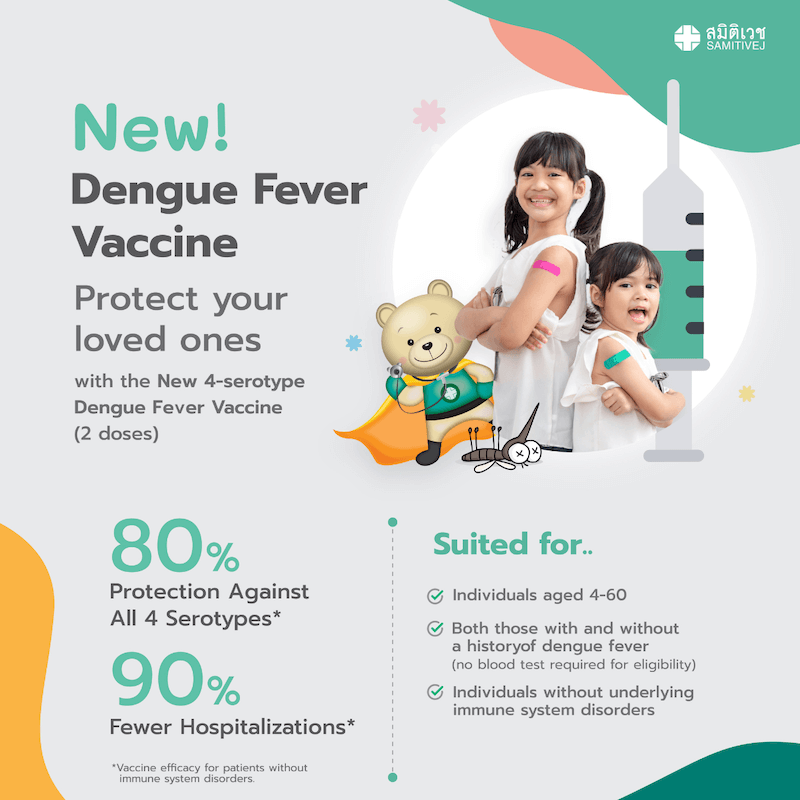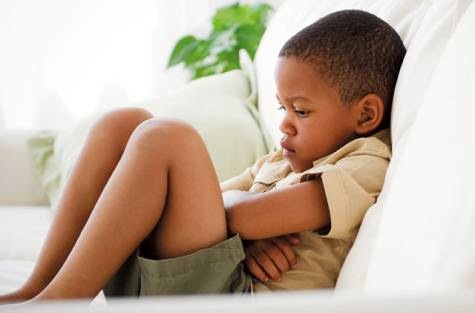Abdominal pain is one of the most common complaints among children. While many children use stomach aches to get out of school, it breaks the heart when babies cry and they can’t tell us what hurts. Acute pain usually develops or worsens suddenly and might need urgent treatment. Below are some different reasons (and treatments) for the pain.
Acute gastroenteritis: One of the most common causes of abdominal cramping in children is an infection caused by a virus or bacteria. Intermittent and non-specific abdominal pain in the upper or lower abdomen, sometimes accompanied by vomiting, diarrhea or fever are symptoms of acute gastroenteritis. To determine if the infection is viral or bacterial, a stool test and stool culture are done. In case of virus, doctors treat the symptoms and ensure the child is not dehydrated by observing urine output. If no urine is passed in 6-8 hours, it indicates that the child is dehydrated.
Your child’s body will eliminate the virus by itself within a week. In case of bacteria, antibiotics are required. For diarrhea, avoid sweets or fatty food that can make it worse. Instead, give your child an oral dehydration solution to drink. Also, all food needs to be cooked, handled, fed and eaten hygienically. Therefore, hand washing and the use of clean spoons and cutlery are important. In the case of babies, clean toys are also a good preventive measure.
Gastritis is seen in many children, with symptoms very similar to gastroenteritis, including upper abdominal pain and vomiting but not diarrhea. Gastritis is caused by a virus infection and the body eliminates the virus eventually.
Appendicitis: Appendicitis is characterized by umbilical pain, which then moves to the right lower quadrant. Usually, children complain of pain first, followed by fever in some cases. Children are often unable to specify the exact location and kind of pain, making diagnosis difficult. It can be distinguished from gastroenteritis by the continuous pain. Any change in position increases pain, and vomiting and diarrhea may also be seen sometimes. It is diagnosed by ultrasound or CT scan of the abdomen. Surgery is the only treatment.
Constipation: Constipation can cause acute and chronic abdominal pain but parents find it difficult to identify. History of difficulty in passing stools, hard stool, and withholding stool are all clues for diagnosis. Common in children and babies, constipation can be relieved by passing stools. Ensure the child has plenty of fiber and water intake. Motivational tools like a star chart, behavioural therapy, and regular toilet training are other possible preventive measures.
Intussusception: In case of intussusception, the pain can be intermittent or persistent and it is cause for concern only when the pain is persistent. Usually, such pain is accompanied by bloody stools. Children tend to cry continuously and prefer a fetal position. An ultrasound is the most common diagnostic tool. Since intussusception is caused by the invagination or folding of a part of the intestine into itself, investigations should be done during episodes of pain. The problem can be treated by administering a barium enema to reduce the blockage. If untreated, it could lead to gangrene in the bowel. Dark red stools indicate an emergency. In some cases, surgical intervention may be necessary.
Gut obstruction: There is intermittent abdominal pain with vomiting or abdominal distension, caused by malrotation, narrowing or blockage of the small or large bowel of the gastrointestinal tract. It could be congenital or following surgery. Always inform the doctor if your child has had surgery of the abdominal region.
Other causes of abdominal pain could include gastrointestinal problems such as pancreatitis. The symptoms, abdominal pain and vomiting, very similar to other ailments of the stomach and can often be confused. Liver and biliary disease can be identified when the abdominal pain is accompanied by jaundice, nausea, fever, and in some cases, liver enlargement. History of abdominal trauma or injury could be a marker of internal organ hemorrhage.
Abdominal pain could also be due to non-gastrointestinal problems. Among boys, testicular torsion (where blood supply to the testicle is obstructed) and hernia could also cause abdominal pain. A physical exam of the genital area might be necessary to diagnose this. It is usually caused by ligament weakness. Pubescent girls could also experience stomach pain due to pelvic inflammatory disease, ovarian torsion and other gynecological problems. Urinary tract infection in both boys and girls involves lower abdominal pain, and pain during urination. It can be diagnosed with a urine examination.
Lower lung pneumonia and Henoch schonlein purpura (abdominal pain with palpable rash; some patients have abdominal pain first and palpable rash later, along with possible joint pain or kidney problems ) are some other causes of abdominal pain in children.
When your child complains of tummy ache, often, as parents, you don’t know how serious it is. Take your cue from the child. If the child cries continuously for 20 minutes, it is time to head to the hospital. If your child is prone to tantrums, then you may wait a little longer, but definitely, no more than an hour.
By Amornphun Gaensan, Paediatric Gastroenterologist and Hepatologist at Samitivej International Children’s Hospital
Editor’s note: This article is sponsored content from Samitivej International Children’s Hospital, and it is reprinted here with permission of the hospital.















